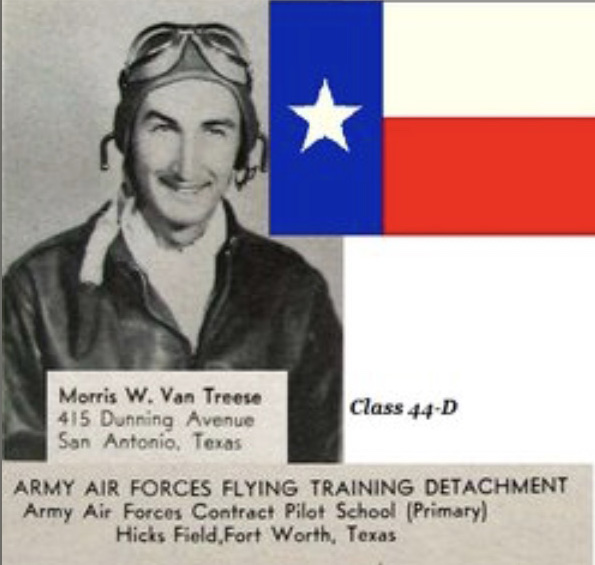
On May 13, 1945, just days after V Day, May 8, a ten-year-old boy, Frans Kestemont, was playing outside his home near Huizingen, a town near Brussels, Belgium, when he noticed two bombers flying low. As a child living during the German Occupation, Frans had been admonished by his parents to keep an eye on low flying aircraft, not knowing if they were German or Allied. Therefore, as he warily observed these two planes, he watched in horror as one made a fatal dive. The official report stated that the crash was due to heavy turbulence. Below is Frans’ testimony (edited for better translation):
“I saw these two aircrafts performing mock attacks with each other. They dropped lower and lower, until I had the impression that they touched. Suddenly one disappeared, and a plume of smoke rose into heaven. The ambulances passed by quickly. As a youngster, we went to look, but we could not get closer than 200 meters from the fire and exploding ammunition. What stays with me is a hand sticking out of a body under a side, and jumping up and down. In the report it says that there was wind turbulence, but this is not correct. It was a very beautiful day with blue sky and no clouds. I think they were playing with each other and lost height and one of them came too low and hit a tree. Several cows in the pasture were very burnt.”
The B-26 bomber with eight people on board crashed near a little path alongside a creek called Molenbeek near the center of Huizingen on Sunday, May, 1945 – today the site is a soccer field. Sadly, this was just a few days after VE Day, May 8, 1945, and it was Mother’s Day.

Recently, Frans told his story to a young man of Halle, Olivier, who is a member of the Belgian Aviation History Association and, as Olivier explains, “…is interested in the story of all brave airman that gave up their lives for our freedom.” Olivier had written a book consisting of stories told by his grandparents who had lived through the German Occupation, and more recently, began interviewing others in his community who also had interesting stories to share of those difficult times. This brought Olivier to Frans (now age 79) and to learning Frans’ story of his eye-witness account of the crash when he was just ten years old. Olivier encouraged Frans to try to contact descendants of those eight victims.
Subsequently, Olivier searched on the net and found an article written in 2013 on a blog in the Wilson County News entitled “The Inimitable Grandma Van Treese,” by Kathleene Van Treese Runnels, in which the grit of her grandmother, Mildred Van Treese, was extolled. In the article, I, the writer, mentioned the loss of my grandmother’s two sons to plane crashes, one of Lloyd Van Treese in Pleasanton, TX, in 1967, and the other of Morris Van Treese at the end of WWII. Frans then reached out to me, sharing his story, albeit not without some difficulties in translation, as Frans writes in Dutch and uses Google to translate. Below is a copy of his initial correspondence to me:
“I speak Dutch, French, and German. I was 41 years in the army as under-officer, 31 years actif, 10 years in the reserve, and I have a great respect for the boys who lost their lifes for our freedom here.”
So, here is Kathleene in South Texas, and there are Frans and Olivier in Belgium, and through today’s social media, we all have connected. Although the facts of the story are the same ones shared by my grandmother, through subsequent correspondence, I was able to learn of and view photos of the crash from someone who actually saw it happen and experienced the aftermath. (These letters were also shared with Morris’ descendants, his daughter, LaNell, and her two children.)
Since those first email letters, Frans and I have become “pen pals,” regularly exchanging correspondence. And heartwarming is the fact he, and other citizens in Europe who experienced the German occupation, still treasure the contributions made by our gallant American soldiers.